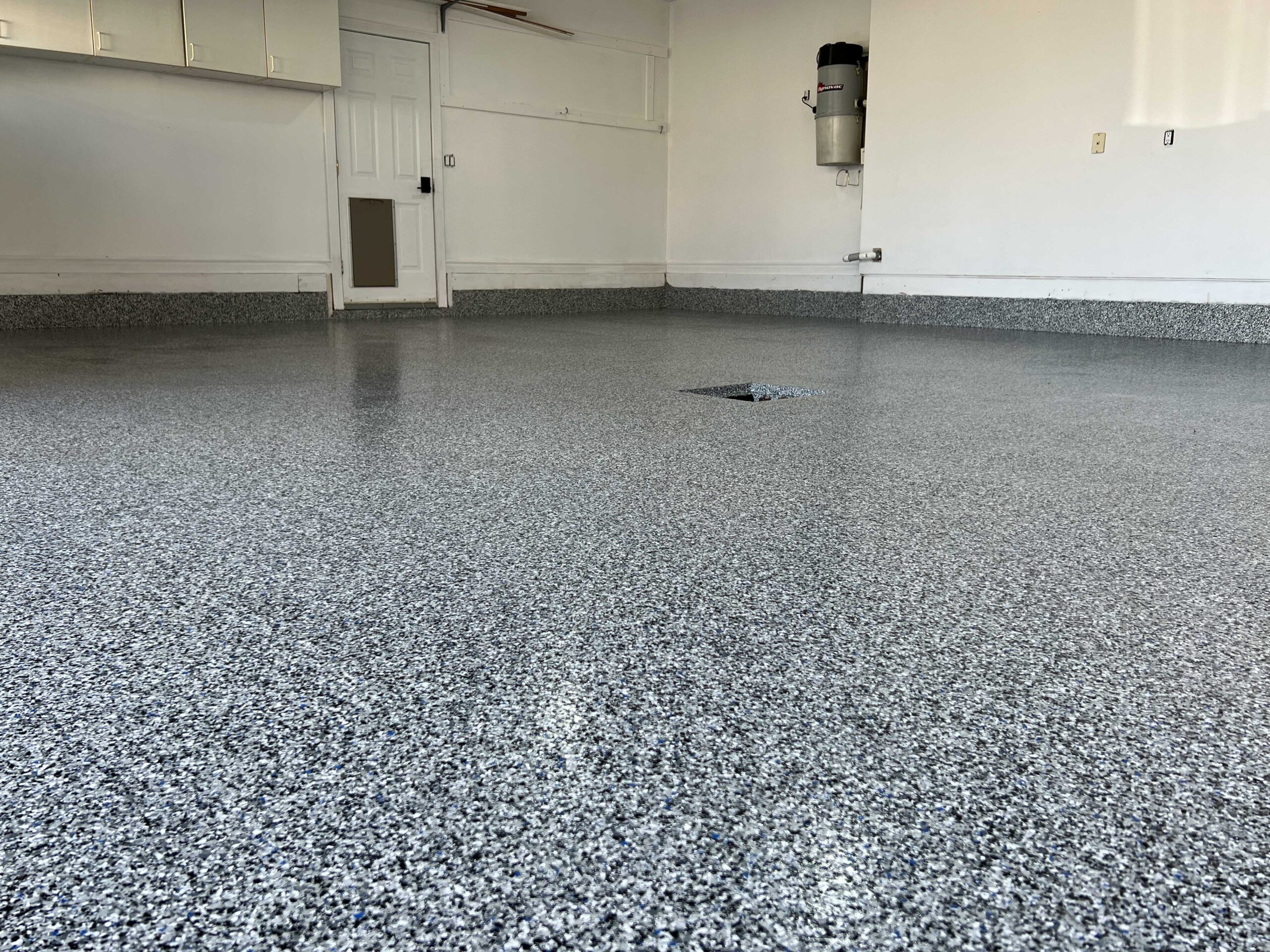The Comprehensive Overview to Understanding Epoxy Flooring Options and Applications
When it comes to floor covering options, epoxy stands out as a flexible and durable option, ideal for an array of settings from commercial complexes to household buildings. The world of epoxy flooring is intricate and varied, with different types each serving distinctive functions.

Unwinding the Basics: What Is Epoxy Floor Covering?
Epoxy flooring, a term typically listened to yet hardly ever explored, describes a floor covering surface area that contains several layers of epoxy related to a floor with a deepness of at least two millimeters. Epoxy, a two-part system including hardeners and materials, develops a solid, resistant, and resilient layer when blended with each other. Its durability and resistance to oil, oil, and various other types of chemical spills make it a favored flooring option for industrial and commercial rooms. Its visual charm has not been disregarded, leading to its enhanced usage in household rooms. Besides its stamina and sturdiness, epoxy flooring is additionally simple to preserve, requiring marginal maintenance. Its setup requires a tidy and porous surface area for correct adherence, requiring professional treatment.
Different Kinds Of Epoxy Flooring Solutions
While there is a general understanding of what epoxy flooring is, several might not recognize that there are several various kinds of epoxy floor covering solutions offered. The most usual kind is self-leveling epoxy, utilized to create a smooth, level surface area over old, cracked concrete. It's often used in commercial and commercial locations. Another type is quartz-filled epoxy, which mixes high-performance epoxy polymer material with stained quartz grains for attractive rooms requiring hygienic and slip-resistant residential or commercial properties. There's mortar epoxy, the strongest type, mainly used for heavy industrial environments. Finally, there's gravelled epoxy, providing ornamental choices for outdoor patios or big public areas. Each type serves particular needs, making sure epoxy floor covering caters to various demands.
The Pros and Disadvantages of Epoxy Floor Covering
Despite its countless applications, epoxy floor covering is not without its advantages and disadvantages. Its pros consist of resilience, resistance to wear, and long-lasting shine, making it an ideal choice for high-traffic locations. Epoxy flooring is also immune to a lot of types of problems, including those created by chemicals, water, and warm, which includes in its allure.
However, the application process is labor-intensive and needs a completely dry and tidy surface area, which can be a deterrent for some. Additionally, epoxy flooring can be slippery when damp, posing a safety danger.

Practical Applications of Epoxy Floor Covering in Various Industries
Acting as a stalwart in many industries, epoxy floor covering discovers its practicality in a varied variety of sectors. In the vehicle sector, it is utilized due to its resistance to oil and chemical why not try these out spills, which are typical in showrooms and garages. The healthcare field, consisting of centers and healthcare facilities, values its simple cleansing and disinfecting residential properties, important for maintaining a sterile setting. In the production sector, epoxy floor covering's resilience and resistance to hefty machinery makes it a preferred option. Lastly, the food and beverage industry values it for its capability to resist microbial development and meet hygiene criteria. Therefore, the convenience of epoxy flooring makes it a popular option throughout numerous industries.

Steps to Mount and Preserve Your Epoxy Flooring
Offered its considerable applications throughout different sectors, it stands to factor that the proper installment and maintenance of epoxy floor covering is of critical significance. Installment needs a tidy, dry surface, starting with the removal of any kind of old paint or sealant, complied with by detailed cleansing and drying out. Epoxy Finish Garage Floor. Next, the epoxy mixture is prepared, applied, and allowed to treat
Maintenance, on the various other hand, is reasonably basic. Routine sweeping and occasional damp mopping with a light detergent are usually enough. For stubborn discolorations, a soft bristle brush and a moderate cleaner are suggested. Regular upkeep makes certain long life and maintains the visual allure of the flooring. Therefore, correct setup and diligent upkeep are crucial for ideal performance of epoxy flooring.
Final thought
In summary, epoxy flooring supplies a versatile and durable remedy for a broad array of spaces. Recognizing the different epoxy about his floor covering options and their applications can assist you to the ideal option for your space, making sure a floor covering investment that incorporates resilience, capability, and aesthetic charm.
Epoxy floor covering, a term typically listened to yet rarely explored, refers to a floor covering Epoxy Garage Floor surface area that consists of several layers of epoxy used to a floor with a depth of at the very least 2 millimeters.While there is a basic understanding of what epoxy flooring is, lots of might not realize that there are a number of various kinds of epoxy floor covering services offered. An additional type is quartz-filled epoxy, which blends high-performance epoxy polymer resin with discolored quartz grains for attractive spaces needing slip-resistant and hygienic homes.Offered its extensive applications across various fields, it stands to factor that the proper setup and upkeep of epoxy floor covering is of paramount importance. Understanding the different epoxy flooring choices and their applications can assist you to the excellent solution for your space, making sure a floor covering financial investment that incorporates durability, functionality, and aesthetic appeal.